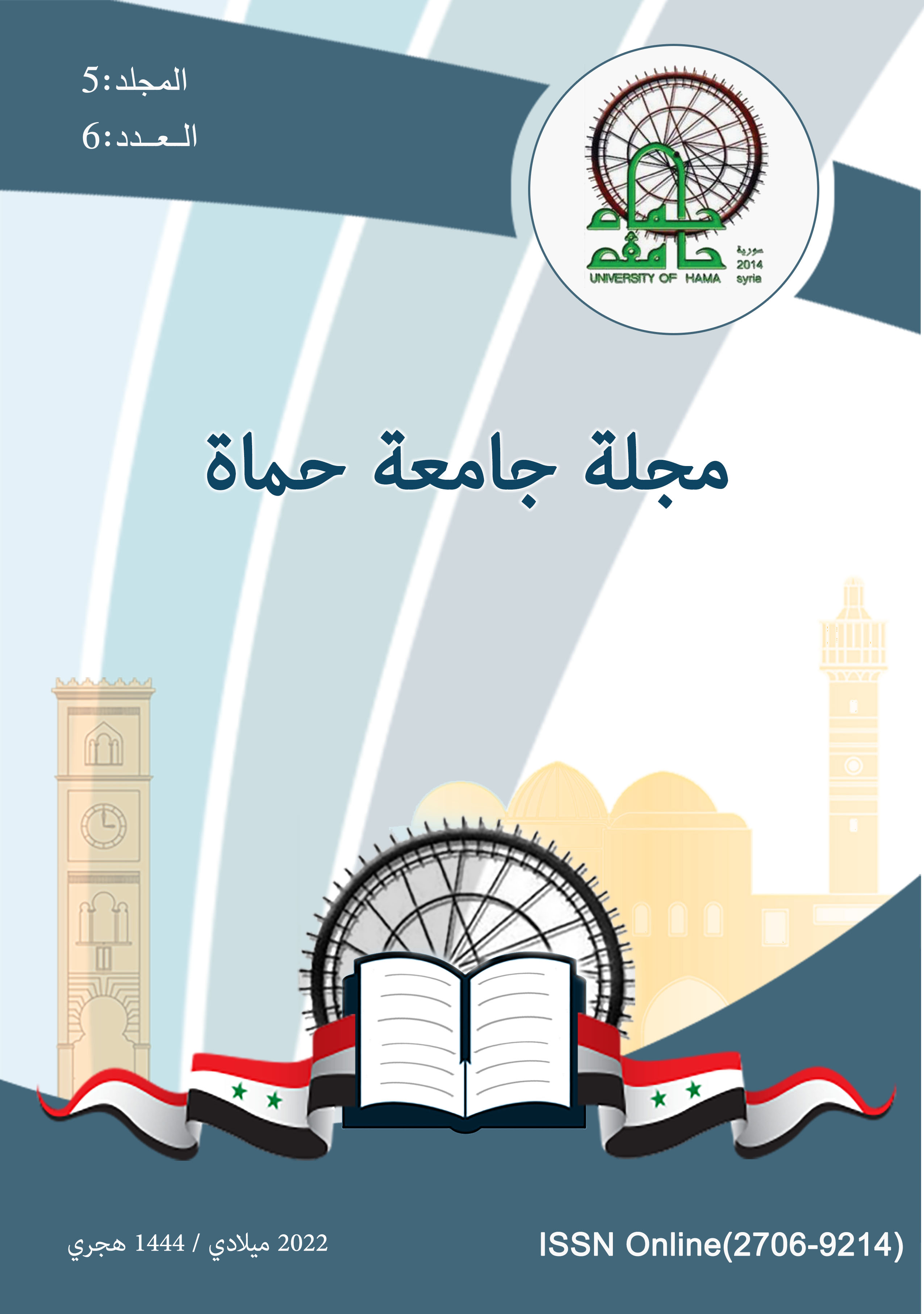Application of Response Surface Methodology to Optimize Extraction of Antioxidant Compounds from Thyme (Thymus Vulgaris L.)
الملخص
The optimal conditions for extracting antioxidant compounds from thyme (Thymus vulgaris L.) were determined using response surface methodology RSM, where the central composite design CCD was used to verify the effect of three independent variables: solvent concentration, extraction temperature and extraction time on the response factor, the DPPH antioxidant capability.
Experimental values were selected based on the results of preliminary experimental and independent variables were tested at three levels. Response results were predicted through the use of second-order polynomial model.
Regression analysis showed that the variation was explained by the model. The optimal conditions for extracting antioxidant compounds were found to be ethanol concentration of 59.5%v/v, extraction temperature of 58.78°C, extraction time of 85.58min.
The antioxidant compounds were extracted under optimum conditions, and the experimental value was 66.12±0.03mg Trolox /g dry weight. The good agreement between predicted and experimental values indicated suitability of the model employed and the success of response surface methodology in optimizing the extraction conditions antioxidant compounds.


